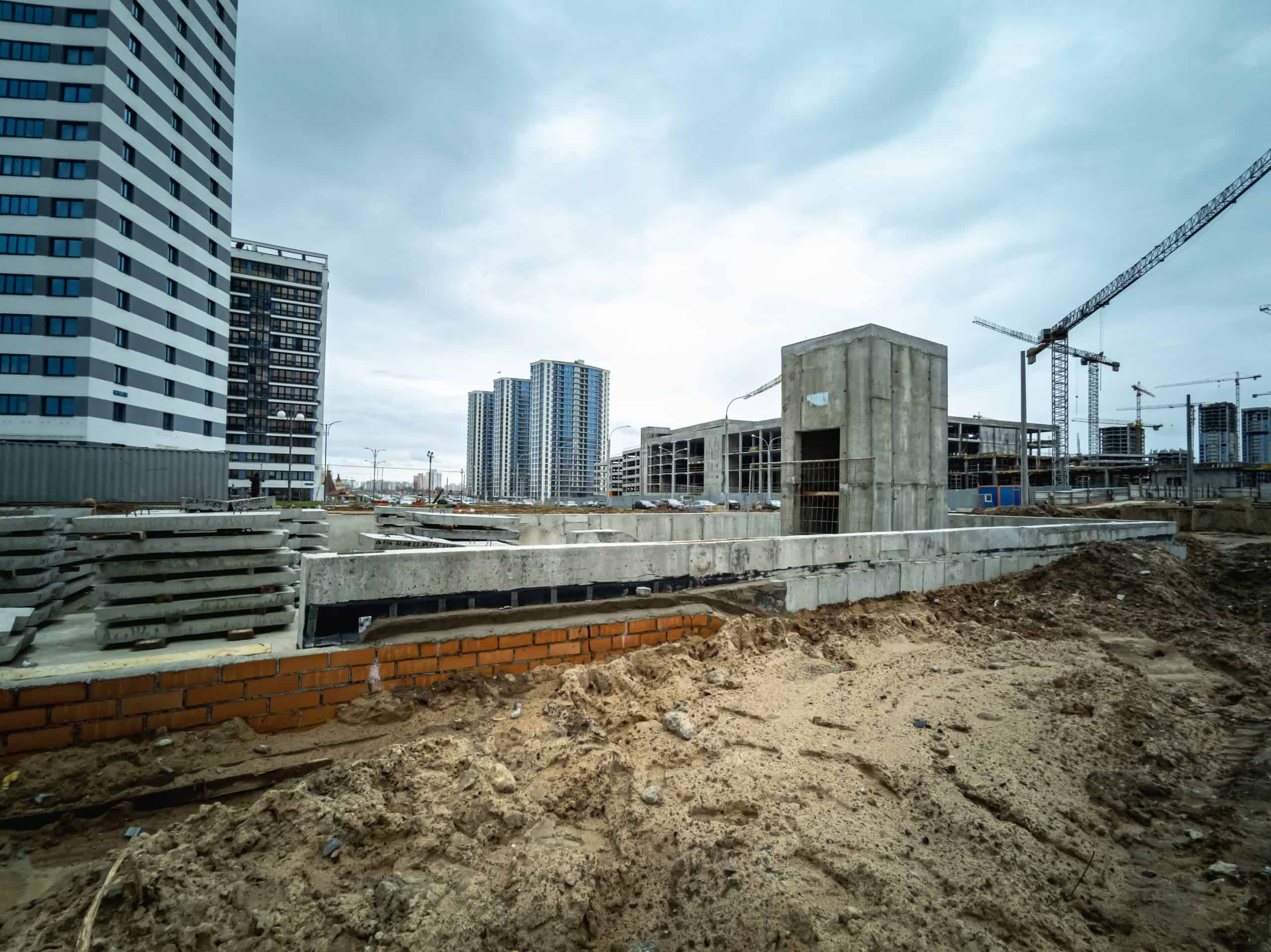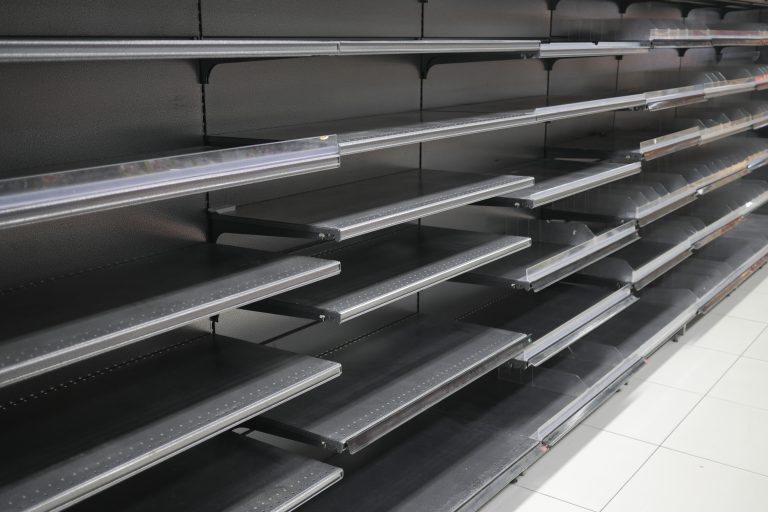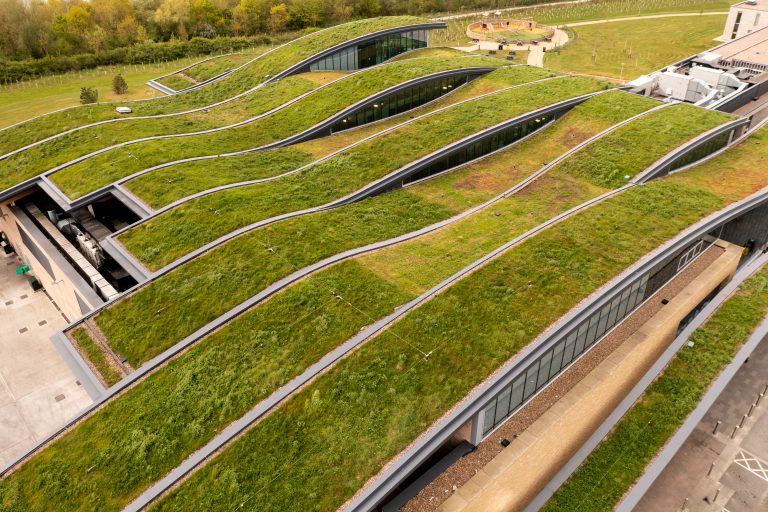Urban and suburban areas present distinct challenges and opportunities, shaping how commercial spaces are planned and built. Understanding these differences can help developers, business owners, and construction firms make informed decisions. Here’s a breakdown of some key considerations:
Space and Land Availability
One of the most apparent distinctions between urban and suburban commercial construction is the availability of land. In urban settings, land is scarce and often comes at a premium. This forces developers to build vertically, maximizing available space with high-rise office buildings, mixed-use developments, and compact retail spaces. In contrast, suburban areas offer more expansive land at a lower cost, allowing for larger, single-story buildings with ample parking and green spaces.
Zoning and Regulations
Zoning laws and building codes differ significantly between urban and suburban environments. Urban construction must navigate strict zoning regulations, historical preservation requirements, and limitations on building height and density. Suburban projects generally face fewer regulatory hurdles, allowing for quicker approvals and greater design flexibility.
Infrastructure and Accessibility
Urban commercial projects benefit from well-established infrastructure, including public transportation, utilities, and road networks. However, these projects often contend with congestion, limited parking, and logistical challenges related to deliveries and construction site access. Suburban developments, on the other hand, have easier access to roadways and ample parking but may require additional infrastructure investments, such as extending utility lines or improving local transportation options.
Construction Costs and Timeline
Urban construction costs tend to be driven up by factors like high land prices, specialized labour, complex permitting processes, and the need for advanced construction techniques such as deep foundations or modular builds. Additionally, urban projects often face extended timelines due to logistical challenges and restricted working hours. Suburban construction, with its lower land costs and fewer restrictions, is generally more cost-effective, and the ability to build on open land without the need for extensive site preparation can accelerate timelines and reduce overall expenses.
Design and Functionality
Design considerations differ based on location and intended use. Urban buildings prioritize vertical space, incorporating features like rooftop gardens, underground parking, and multi-use spaces to maximize efficiency. They also emphasize sustainability, often integrating energy-efficient systems and LEED-certified designs to meet city regulations and environmental goals. Suburban commercial properties tend to feature more spread-out designs, with larger footprints, wider walkways, and surface-level parking. These spaces cater to businesses that require more square footage, such as big-box retailers, distribution centers, or office campuses with dedicated amenities for employees.
Market Demand and Tenant Needs
Urban areas typically attract high-density foot traffic, making them ideal for retail, hospitality, and office spaces catering to professionals and tourists. Businesses in urban locations benefit from proximity to diverse customer bases and workforce availability. Suburban developments, in contrast, cater to local communities, families, and businesses seeking affordability, convenience, and a quieter environment.
Urban construction requires strategic planning to navigate space constraints, regulations, and higher costs, while suburban development offers affordability and flexibility, but may lack immediate infrastructure. By understanding these unique challenges and opportunities, stakeholders can choose the best location for their commercial projects, ensuring long-term success and sustainability.
Looking for a team to take the lead on your next project? At Pulse Construction, we’re committed to doing business with an honest, professional, and competitive approach – without compromising safety or schedules. Contact us today for all of your building needs.



